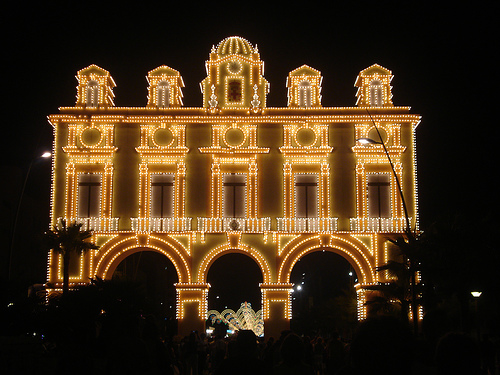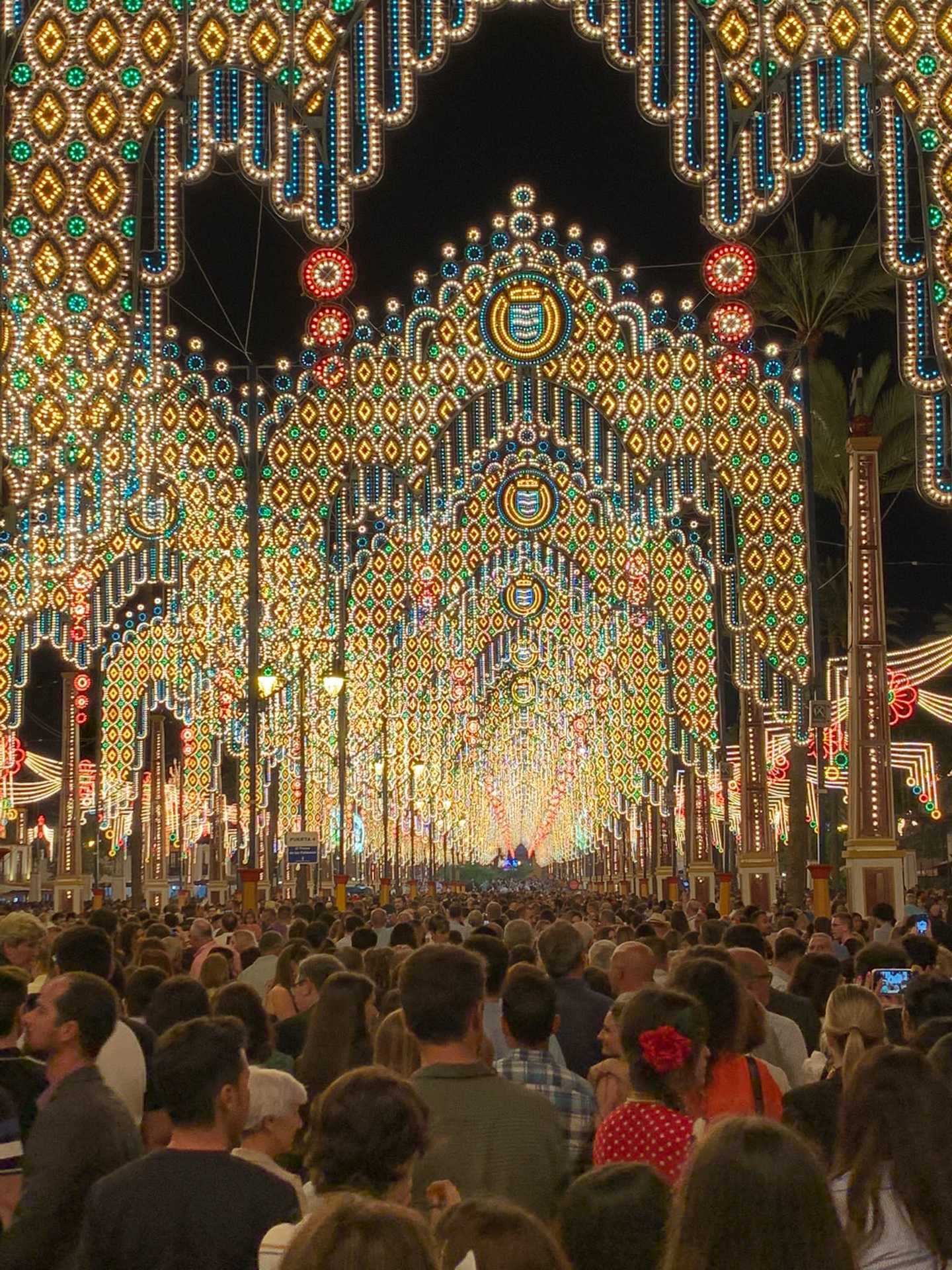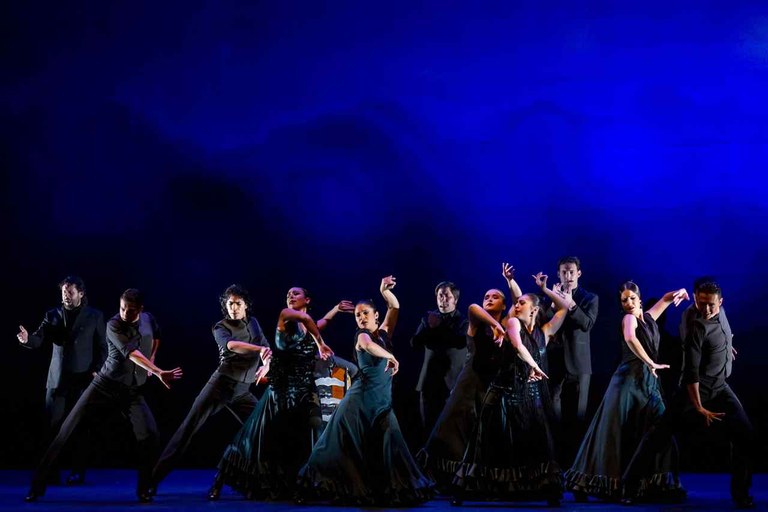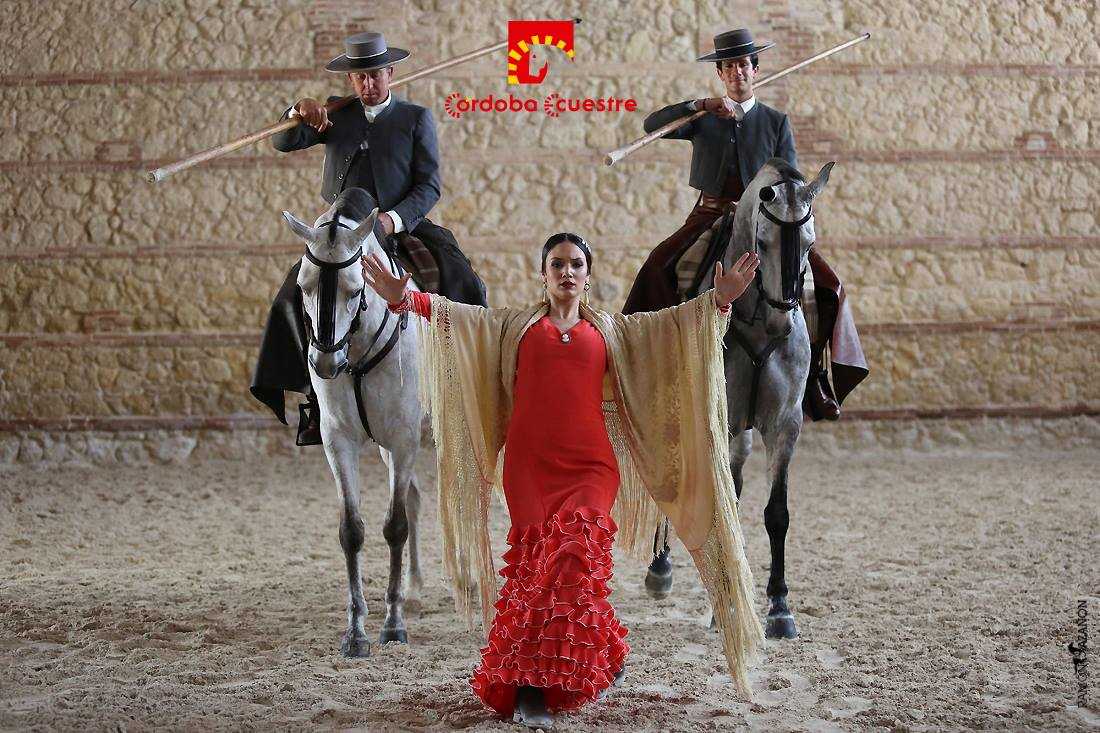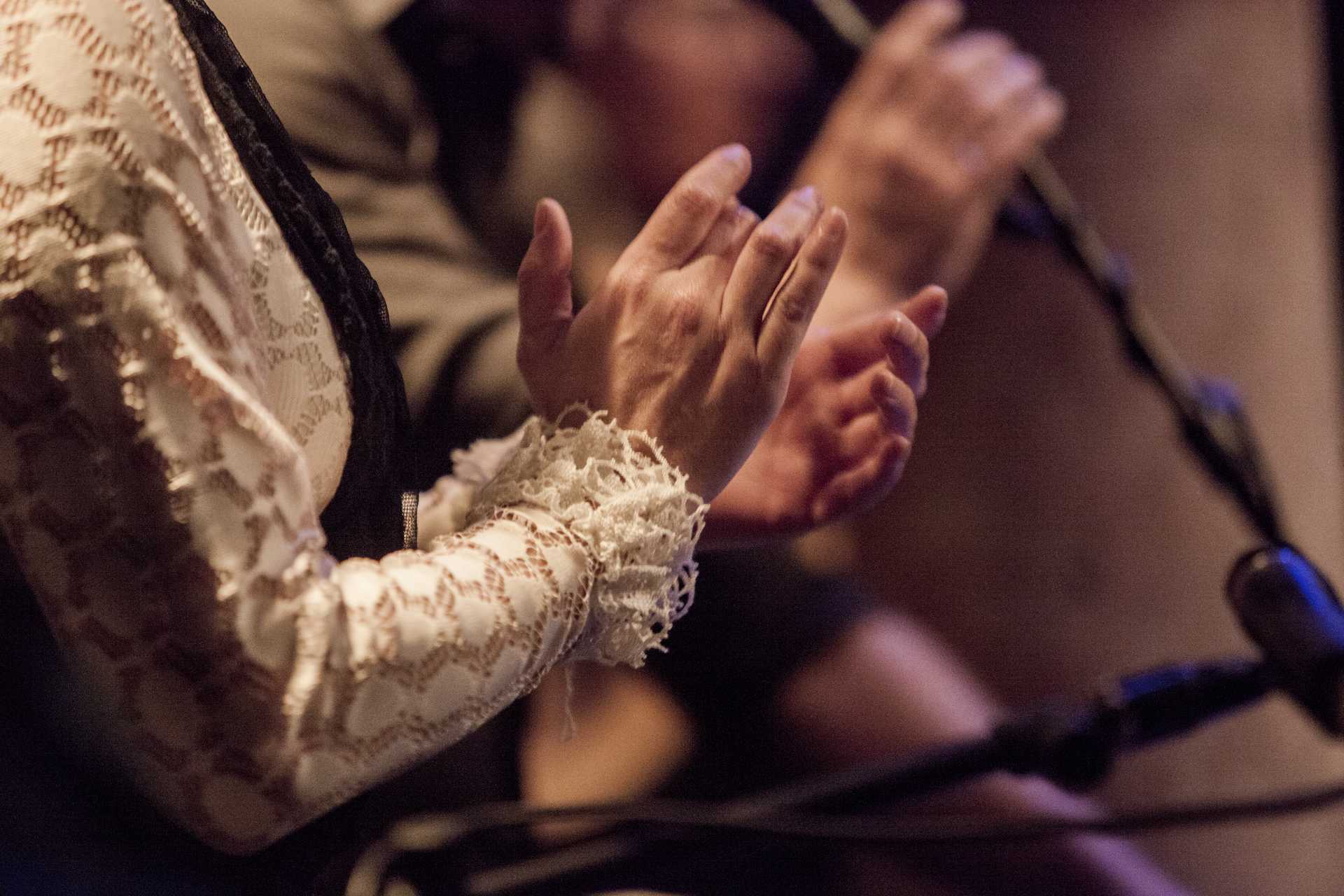
Tourist vision of flamenco
Planes and stony grounds, mountains and hillsides, rockrose and almond trees... Andalucía is a melting pot. When the ravines of Despeñaperros let the first rays of light into the eyes of those from elsewhere, the darkness of the infinite reflects in them.
The diversity shelters in that hollow. Cave dwellers, Phoenicians, Greeks, romans, Arabs, Christians and converts have stepped on the land of the south of Spain and in their way have forged the path of expression of its own: Flamenco.
Perhaps the baptism of Andalucian art was only two centuries ago, as some experts have wanted to stress, but song 'cante', guitar playing 'toque' and dance are more than feelings of a people scattered world-wide and who have only been able to produce flamenco within their own kind.Silverio Franconetti
Gypsies are responsible for a generous part of the cultural heritage of Andalucian music, but are not the immanent piece that justifies its existence. The "sonidos negros" which Lorca spoke of in reference to Manuel Torre were born from the culture of a people with a peculiar history. They are sons of the folklore, although, as with any descendent, they have known how to fly from the nest to acquire their own identity. One only has to hear the 'trilla', on whose rhythmic accent finds sense, the ringing of mules bells, who with their work once governed the land of the gañanías of Jerez, Utrera or Lebrija. And the 'toná'? Were the cries of sorrow and calamities not born from the people, that so many 'ánforas' are modeled on Triana? Idem with the 'soleá', born from the poor quarter, to find fortune in Alcalá de Alcalá de Guadaíra, Utrera, Cádiz... Or the 'seguiriya', that complaint that has rested in the throats of El Planeta, el Fillo, Silverio, Enrique el Gordo or El Nitri, in every 'martinete de las fraguas', 'la debla de la Cava', 'la carcelera' and 'cabal'.
Who could say that the 'taranto' lives anywhere else than in the people of Almería, or the 'fandango' other than Tharsis (Alosno), or the 'cartagenera' other than in the retahíla murciana...Pepe Marchena
Cádiz expresses itself through 'cantiñas', 'alegrías' and 'tanguillos'; Málaga through 'jaberas', jabegotes and verdiales; Córdoba through 'zánganos' y 'fandangos through Lucena'; Granada through 'zambras', 'roas', 'granaínas' and 'medias'; Jaén through 'tarantas' and temporeras, the 'aceitunera' stand out. If there weren't any heterogeneous, on the other side of the pond, they lent us the 'guajira', 'milonga' 'vidalita' and the 'rumba' and afterwards the invention of the 'colombiana' by Pepe Marchena.
In effect, Andalucía is a melting pot whose understanding abounds more than acorns and chestnuts, of dragnets and trapnets. A part of its soul is built on cave dwellers, Phoenicians, Greeks, Romans, Arabs, Christians and converts, bricks in a musical wall to which the gypsies added their battlements: the 'quejió' (complaint).
Related events


